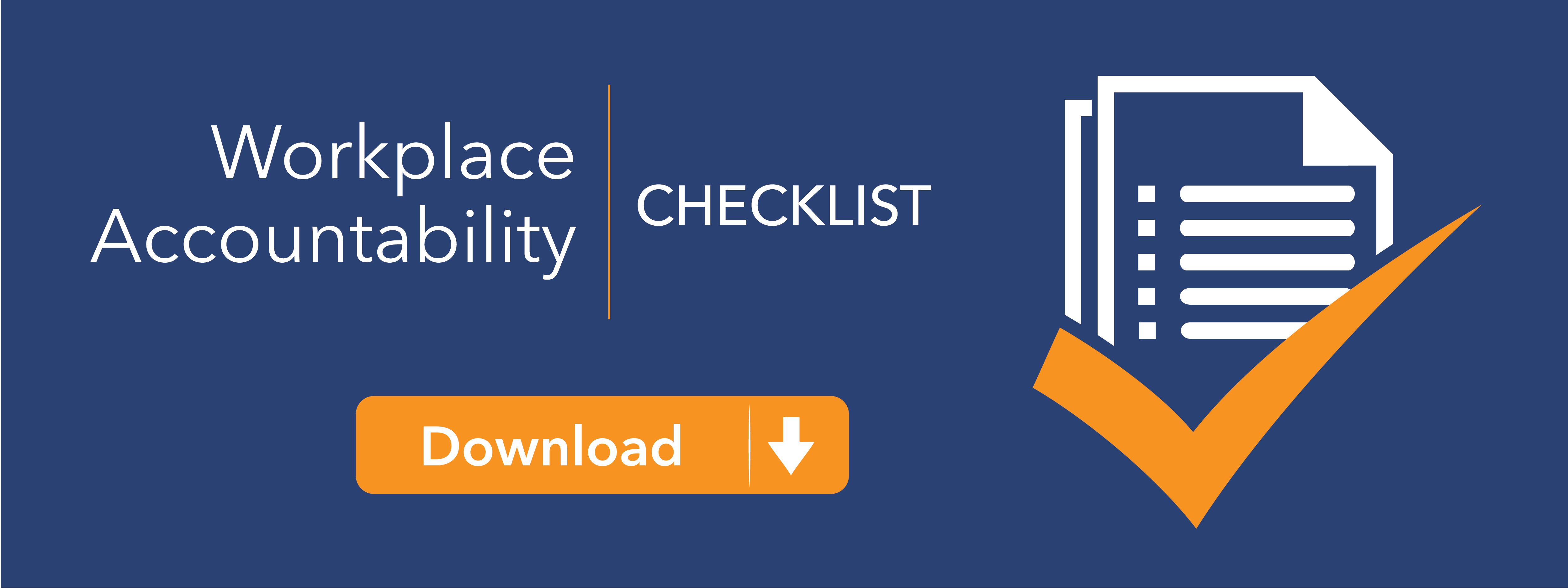
One Bad Apple: How a Toxic Employee Can Spoil Your Company’s Culture
By Candace Coleman, CultureWise Content Manager
Every CEO knows this drill. You have a few—or even just one staff member whose conduct makes things harder on everyone around them.
Some of these employees ignore policies—the rules are for everyone else. Others behave maliciously, are uncivil, or are disruptive in meetings. As a result, they’re a constant source of internal friction and either seem oblivious to the effect they have on others, or they simply don’t care. Either way, they can be a massive drain on workplace morale.
So why do some of these toxic employees often hold center court and remain on board for years? Because they contribute something so valuable to the organization that leadership doesn’t want to lose them.
These people are frequently superstars in sales or finance or possess exceptional skills in some technical area. And their ability to win business or help the company remain highly competitive seemingly makes them untouchable.
Torpedoing Company Culture
Yet, no matter how great a problematic employee’s contribution, their behavior is counter to everything most CEOs want in their organization. Leaders try to cultivate a culture that is beneficial for the whole workforce. But since company culture is reflected in the ongoing behavior of everyone who works there, these bad actors can poison the entire workplace environment.
Bottom line: a company’s culture is only as good as the worst behavior leaders are willing to tolerate.
As David J. Friedman points out in his book Culture by Design, “CEOs who rationalize a high-performing employee’s disruptive conduct sends a strong signal to the rest of the team. They’re telling their staff that aligning with the culture is very important—unless you produce enough business.”
Part of what makes a culture work is holding everyone accountable to specific standards of behavior. Leaders who allow a toxic employee to ignore the rules that they expect everyone else to follow undermine the power of accountability.
The Damage Done
The effects of a tenured disruptive staff member are far-reaching. A Harvard Business School study of over 60,000 employees revealed some unsettling statistics. Of the people included in the study who had to work with a toxic coworker:
- Nearly 50 percent decreased their work effort
- 38 percent intentionally decreased the quality of their work
- 25 percent admitted to taking their frustrations out on customers
- 12 percent left their jobs
- 78 percent said their commitment to and engagement with the organization declined
- 66 percent said their performance declined
- 80 percent lost work time worrying about the offender
- 63 percent lost work time because they were avoiding the offender
The study’s findings indicate that disruptive superstars’ behavior wreaks havoc on a company’s culture, and the fallout is likely to hurt the bottom line.
How to Handle a Bad Apple
It’s clear that looking the other way isn’t an effective method of dealing with a top-performing problem employee. Doing so is a slap in the face to other exceptional team members who may choose to join the Great Resignation over putting up with a toxic teammate with clout.
The best way to prevent disruptive employees from eroding a workplace is for CEOs to proactively build a system to address this situation in the company culture. Leaders can take the following steps to strengthen their culture and keep high-performing errant staff members from holding their organization hostage.
- Clearly articulate the behaviors that they want their staff to embody. CEOs shouldn’t assume that everyone will interpret company values the same way. Instead, the leader should define and describe precisely what living up to those values looks like within their organization.
- Weed bad apples out before they’re on the team. Hiring managers should use the leader’s prioritized behaviors as metrics for hiring the right staff. They shouldn’t limit their criteria to qualifications, talents, or even appealing personalities. It’s just as vital for them to be certain they’re selecting people whose views align with the culture that the CEO wants to cultivate.
- Create rituals to practice desirable behaviors. Performing rituals is a highly effective way to help employees internalize specific conduct—even people who tend to break the rules. These rituals should encourage employees to regularly talk and think about the behaviors the CEO wants to see. Eventually, the routines evolve into good habits for most people.
- Devise ways to communicate behavioral standards throughout the organization. Leaders should use every opportunity to keep prioritized behaviors top of mind for all staff and weave them into all forms of communication.
- Take every opportunity to reinforce aspirational culture. Leaders can do this by identifying “teachable moments” and scheduling regular coaching sessions for all levels of employees to give them constructive feedback and tips. These sessions can include talking about real-life situations at work and appropriate behavioral responses.
- Mentor problem employees. Often a series of one-on-one sessions can significantly change a person’s understanding of their behavior. Leaders can use these opportunities to offer guidance and point out that their conduct overshadows their contributions.
- Lead by example. Leaders can influence everyone in the workplace by living out the behaviors they expect to see in their employees. They should strive to be a visible standard-bearer that others want to emulate. And by setting an example, they demonstrate how seriously they take their company’s culture.
- Anchor the culture with accountability. CEOs should develop a systematic approach to holding people accountable for their conduct as well as their performance. The culture’s preferred behaviors can be used as measurements in employee reviews.
This plan of action embraces the idea that toxic employees are redeemable. While taking steps to improve conduct won’t work with everyone, many professionals believe it’s a viable solution. As Jay Johnson, CEO at Coeus Creative Group, a global leader in behavioral intelligence, points out—people can change their behavior if they are motivated to do so.
He made this observation in a recent Forbes article:
“Ultimately, behavior is a choice, and how people choose to behave determines their success and failure in their personal and professional lives. Businesses have spent considerable investment trying to better understand people’s personalities, demographics, beliefs and values, but insufficient attention has been spent on understanding the fundamental tenets of human behavior.
People perpetually violate or contradict their own beliefs and values. People act out of character. People can experience an extreme emotion and still choose to ignore it, repress it, or act upon it. This demonstrates a unique characteristic of behavior — it is a choice and is not preordained by our personality.”
Establishing a systematic approach to strengthening company culture can be the mechanism to detoxify high-performing employees who aren’t toeing the line.
The Ultimate Accountability
If a leader makes every effort to turn a problem employee around, but the individual still won’t conform to the culture the leader is trying to build, the best solution is to let them go. The truth is that being a top producer doesn’t excuse intolerable behavior, and no one is so valuable that they ultimately can’t be replaced.
In fact, when difficult people are fired, the team typically bands together and picks up any slack so that the organization can move on more successfully and smoothly than before. And getting rid of incurably toxic people sends a clear message to your organization.
Staff members sitting on the fence about getting on board with the culture start to understand that if they don’t change, they’ll have to leave.
Preserving Your Company’s Culture
The steps outlined in this article to build a more robust culture are part of the CultureWise system developed by David Friedman. The online program uses his methodology to help CEOs create the culture they want to see in their organizations.
Acclaimed by leaders across North America, CultureWise has the power to transform the behavioral standards of a workforce and create an environment where everyone can thrive. To learn more, explore the website and book a call with a CultureWise representative to discuss your company’s needs.



